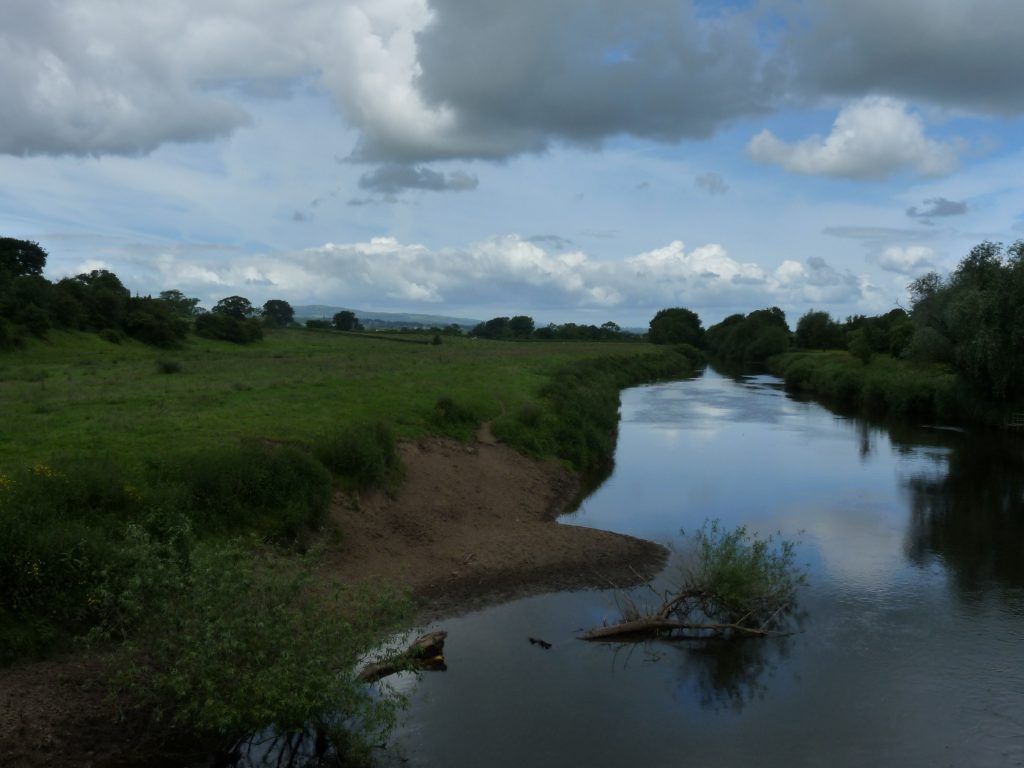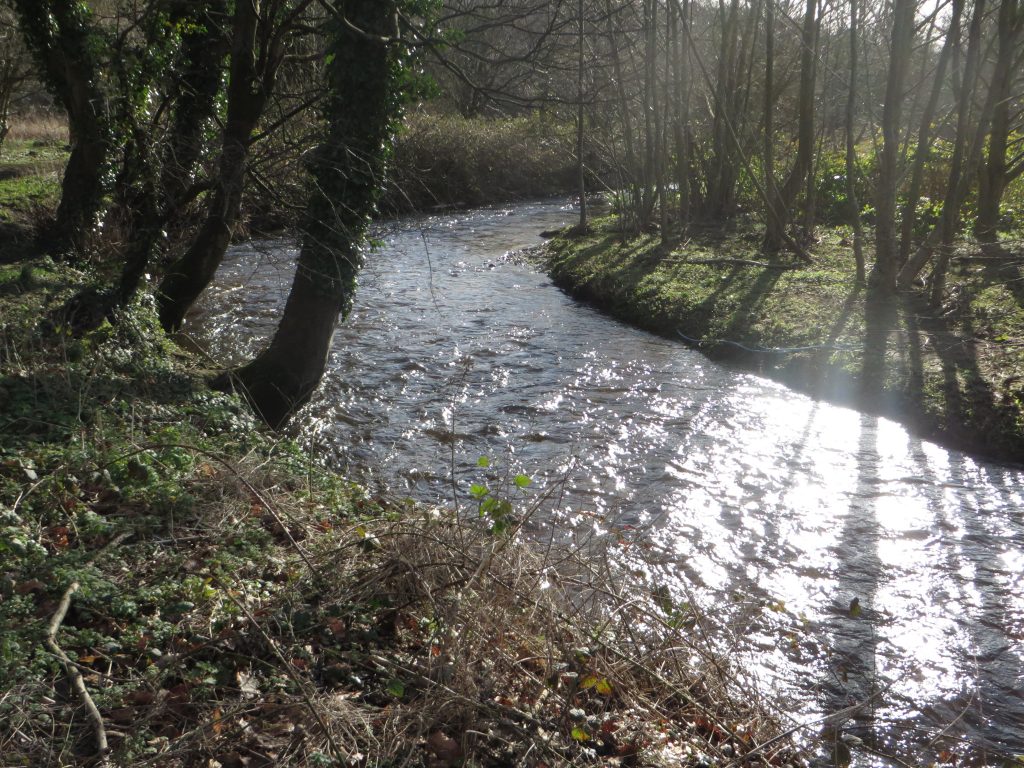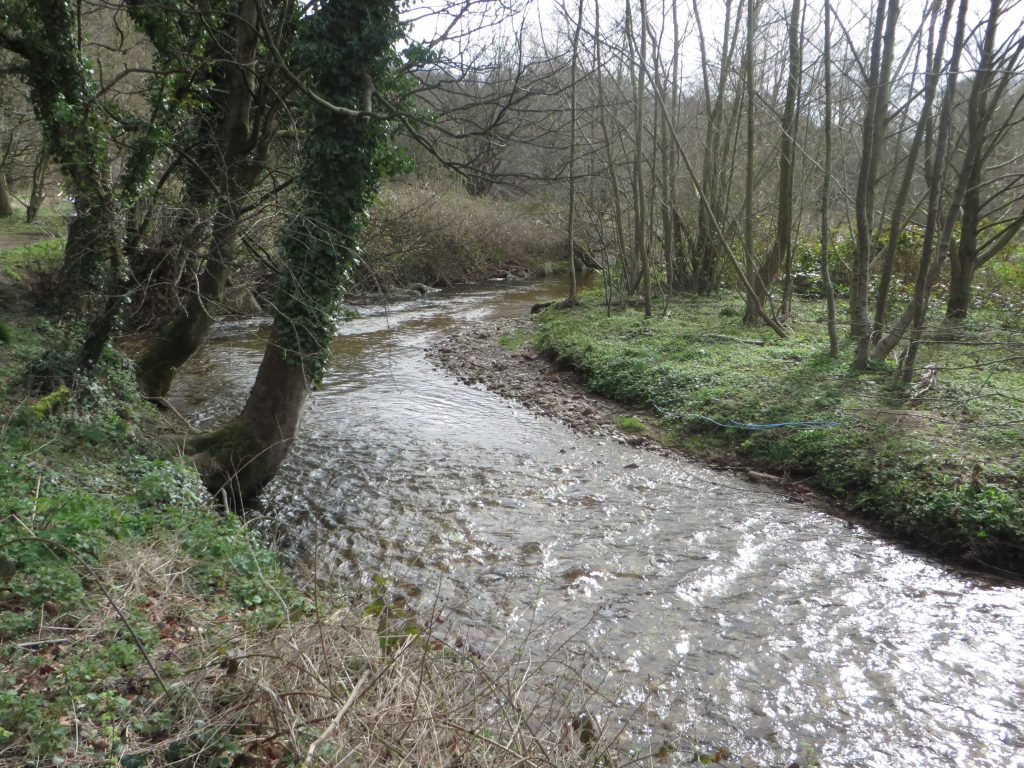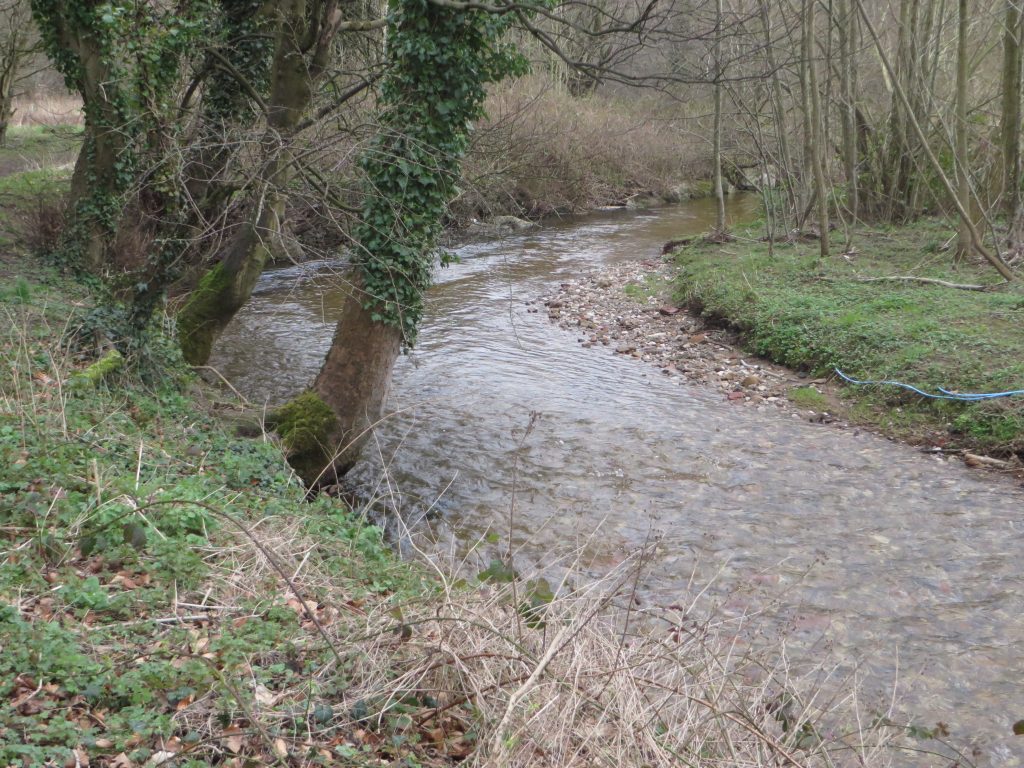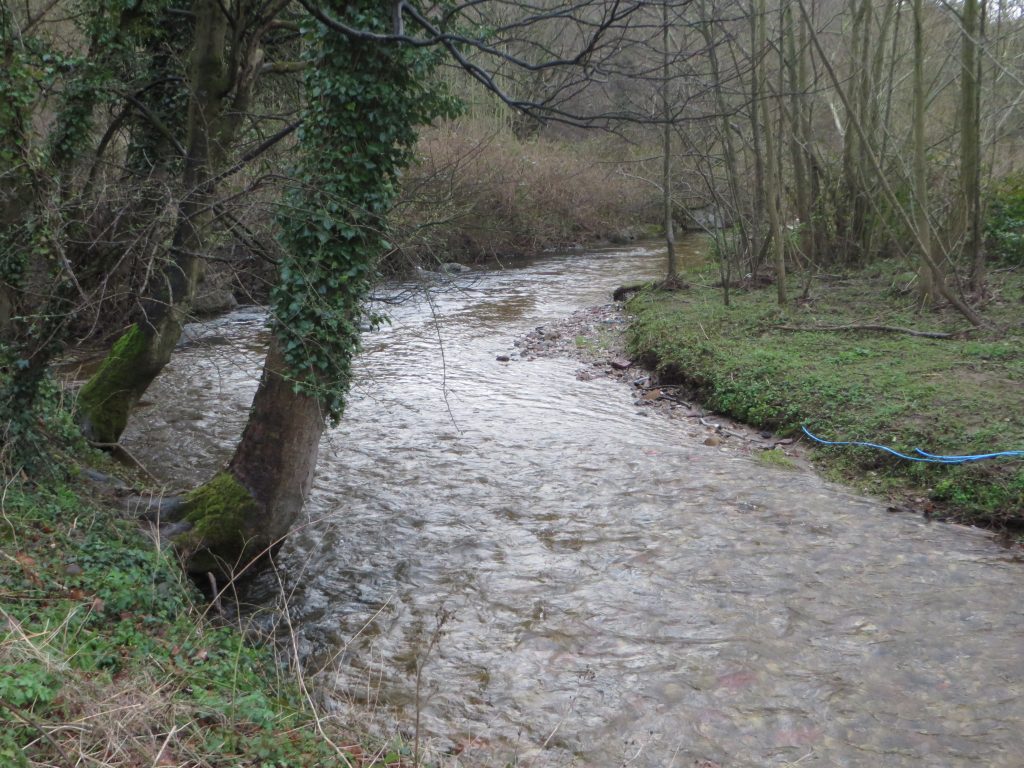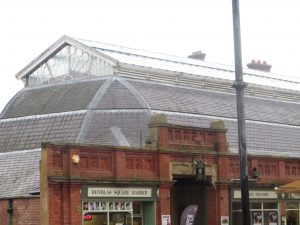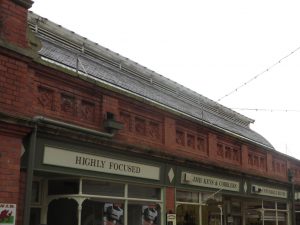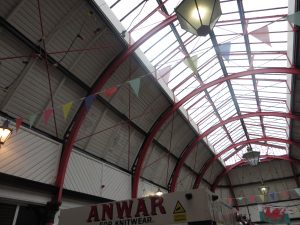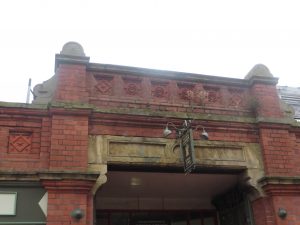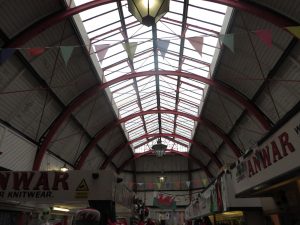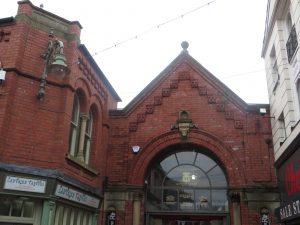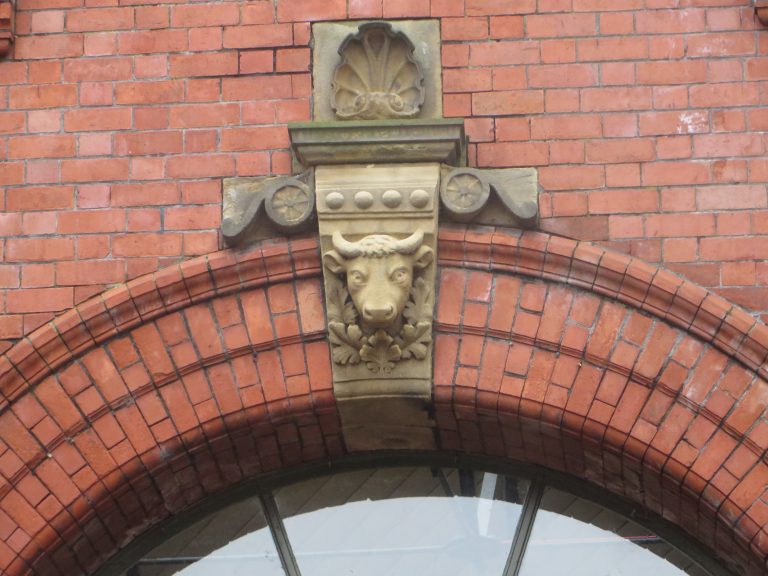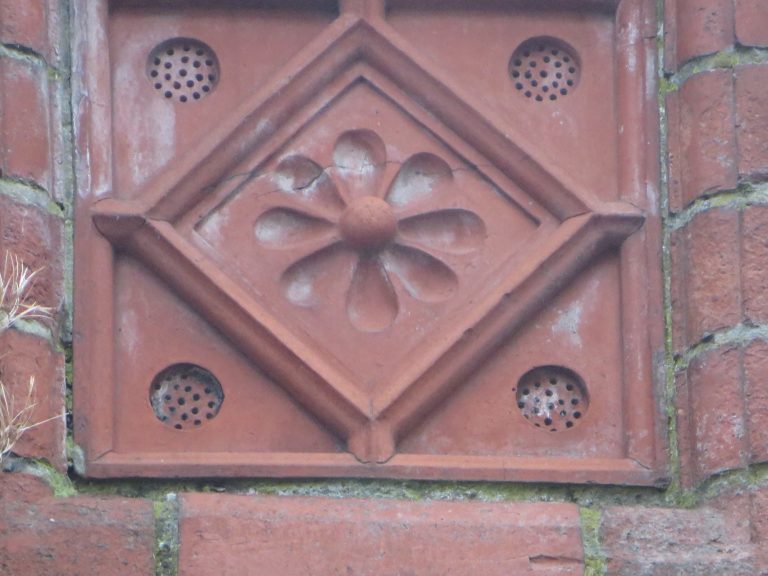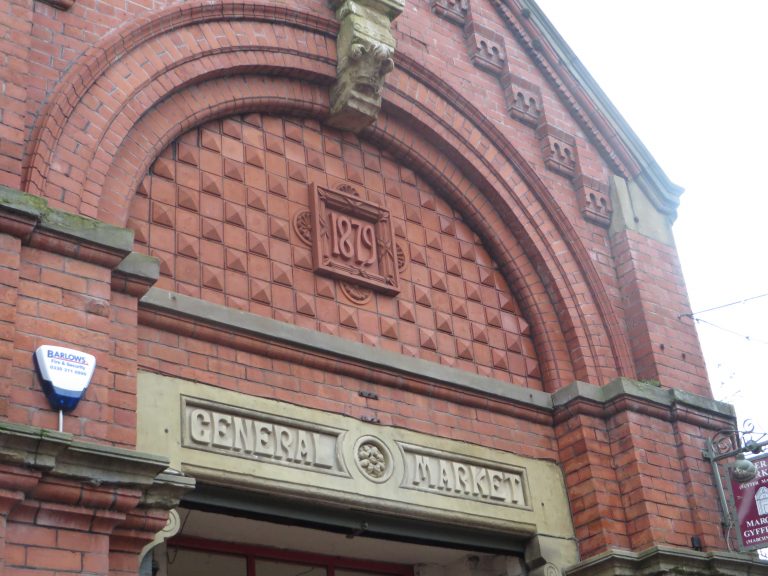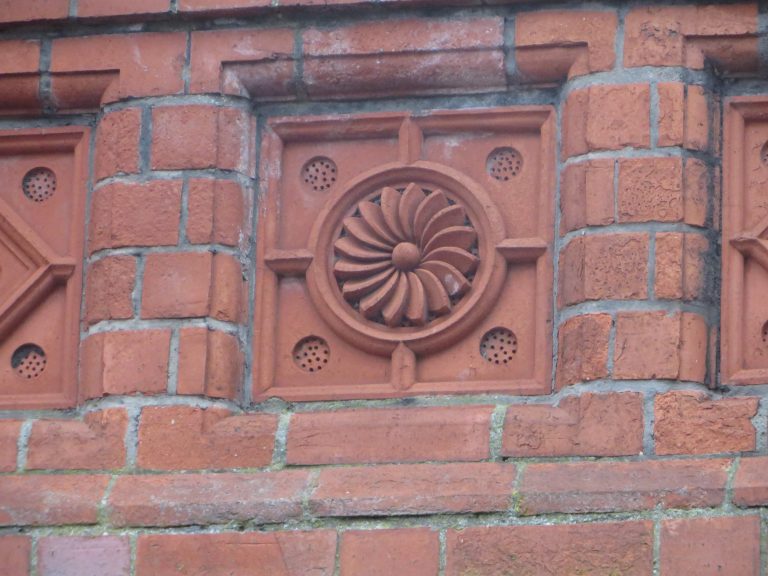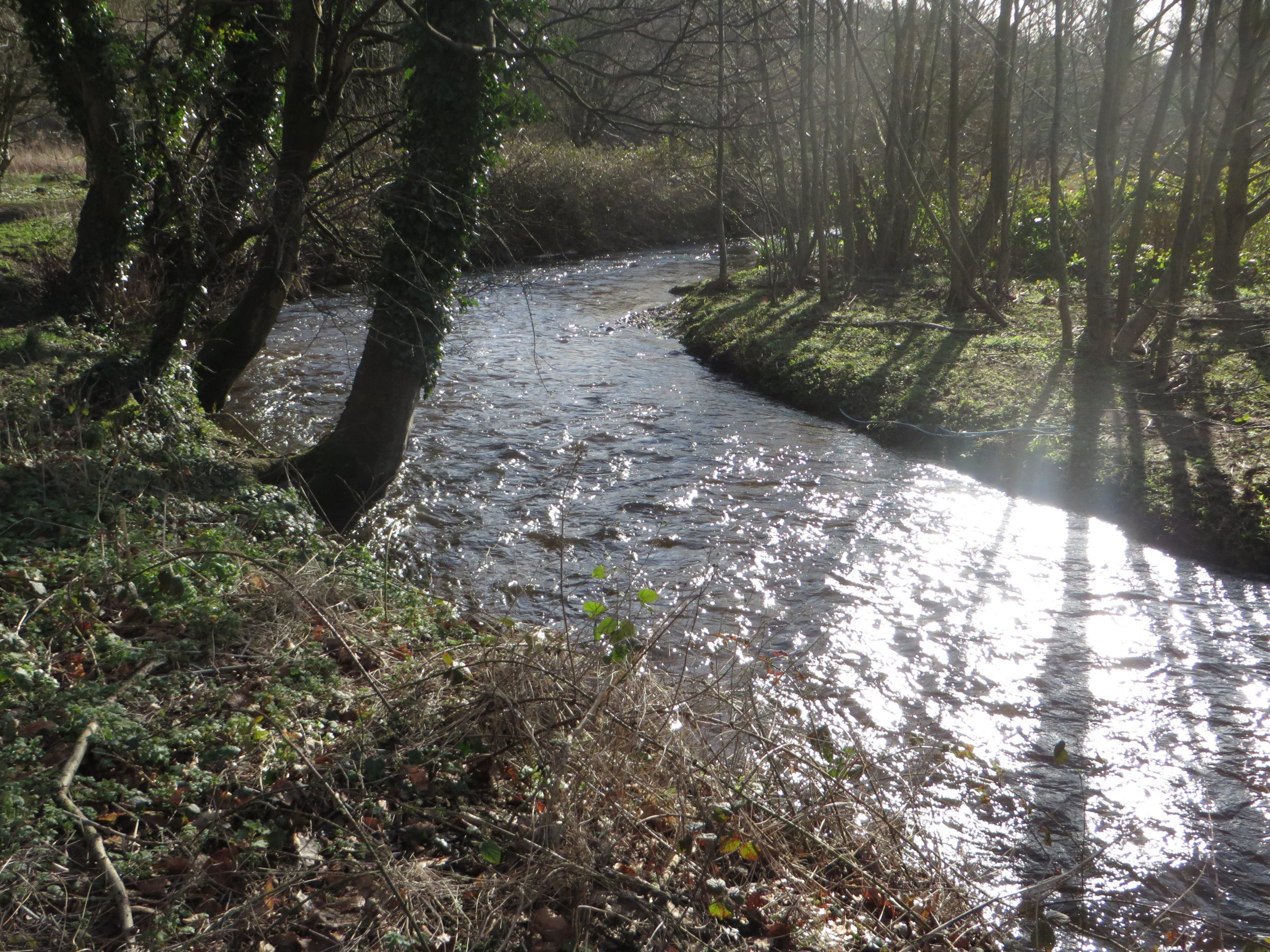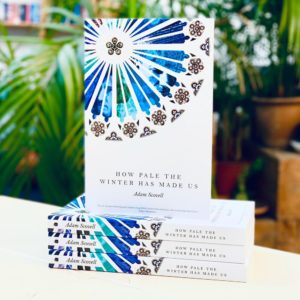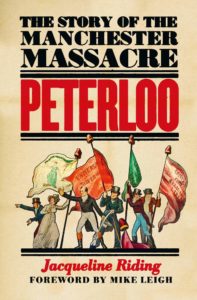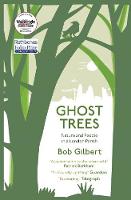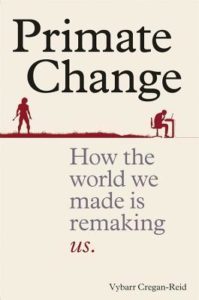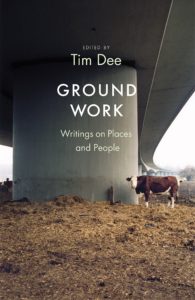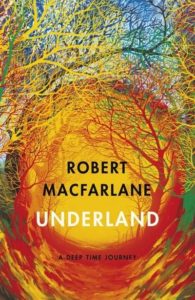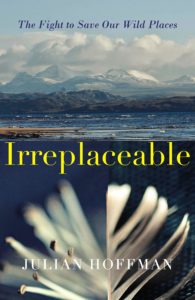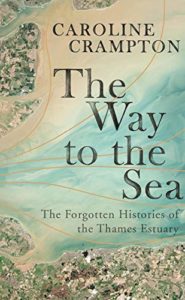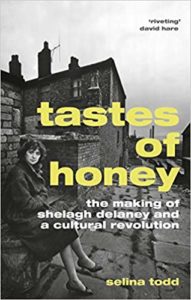It was part of the sisters’ duties to come to Manchester Square on market days to buy what was needed at home.
A few months ago I was reading a book called Miriam from an author by the name of Vic Evans. I’m afraid it’s not particularly well written, but the subject matter of a British woman who volunteered to fight in the Spanish Civil War had initially piqued my interest. One thing from Miriam that did intrigue me, however, was the narrator’s frequent references to a place in Wrexham called Manchester Square, where market traders from Manchester, including the Rabin family whom the book centres on, would travel to Wrexham twice a week to sell their wares.
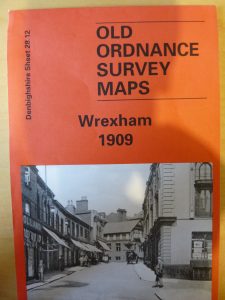 I reckon I know Wrexham quite well, but I’ve never heard of Manchester Square. I drew a blank when I checked with Google Maps and neither was it marked on my copy of the 1909 Ordnance Survey map for Wrexham, although Vic Evans’s book opens in 1900. So was Manchester Square a wholly fictional creation by the author? Possibly, but all of his other references to Wrexham street names are accurate and most still exist.
I reckon I know Wrexham quite well, but I’ve never heard of Manchester Square. I drew a blank when I checked with Google Maps and neither was it marked on my copy of the 1909 Ordnance Survey map for Wrexham, although Vic Evans’s book opens in 1900. So was Manchester Square a wholly fictional creation by the author? Possibly, but all of his other references to Wrexham street names are accurate and most still exist.
Quite by chance I found my answer when I joined a Wrexham local history walk just before Christmas. The walk was led by a retired teacher, Phil Phillips, and Phil was happy to share his wealth of knowledge about the town and its history.
Wrexham built its prosperity on trade. True, the town’s expansion in the nineteenth century was built on coal and steel. But these are industries that have come and gone. Wrexham’s deeper history, its reason for being, is built on market trading: the buying and selling of goods.
Upon Mundays and Thursdays, marketts are kept within the towne of Wrexham, and that there are three ffayers kept in the town yerely, viz: upon the xiith of Marche, fifthe of June and the viith of September
Norden’s Survey 1620
From medieval times right through until the 1990s Wrexham had a weekly Beast Market, where livestock from the Welsh hills and Cheshire plain were traded. There was also an annual March Fair which attracted customers and traders from many miles away. Eventually some these traders, explained Phil, wished to expand their operation and built their own market halls in the town.
Yorkshire traders set up their own market hall to sell leather goods just off present day Tuttle Street; an area which became known as Yorkshire Square. Meanwhile, hardware sellers from Birmingham operated from Birmingham Square, adjoining the current Henblas Street. Traders from Manchester, who specialised in textiles, set them selves up in the same area. This site, said Phil, providing the solution to my mystery, was known as Manchester Square right through until the late nineteenth century.
My researches could not locate any visual record of Manchester, Birmingham or Yorkshire Square, but apparently the traders were housed in temporary structures. From the mid-nineteenth century, however, these makeshift structures began to be replaced by more substantial, permanent buildings. The Butchers’ Market was built 1848, the Butter Market in 1879 and the Vegetable Market initially in 1910, then comprehensively remodelled in 1927.
Of the these three only the Butchers’ Market still remains in anything like its original form. As the name implies, the Butter Market was where local farmers sold their dairy products. Rationing in 1939 ended the tradition of farmhouse butter and the Butter Market became the canteen for the US Army Medical Corps during the Second World War.
The area around Henblas Street is the heart of Victorian Wrexham, although very few of the original buildings remain; Manchester Square is long gone. The Victorians, in turn, built their own new developments on top of the remains of the medieval town. The process continued throughout the twentieth century and most of the old town centre has been lost to successive waves of redevelopment.
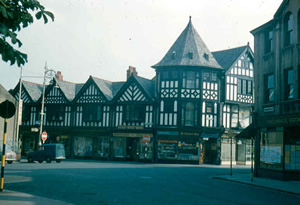
The former Vegetable Market
Even relatively recently, in 1992, the Vegetable Market with its mock tudor façade was demolished to make way for an office block with a BHS store at ground level. Both are now empty.
With thanks to Wrexham History and Wrexham County Borough Council for their help with researching this piece and with much gratitude to the wonderful Mr Phil Phillips. Sadly, just over three years after this piece was first posted, Phil passed away while on holiday in Canada. My thoughts are with Karen and the rest of his family

Like this:
Like Loading...


